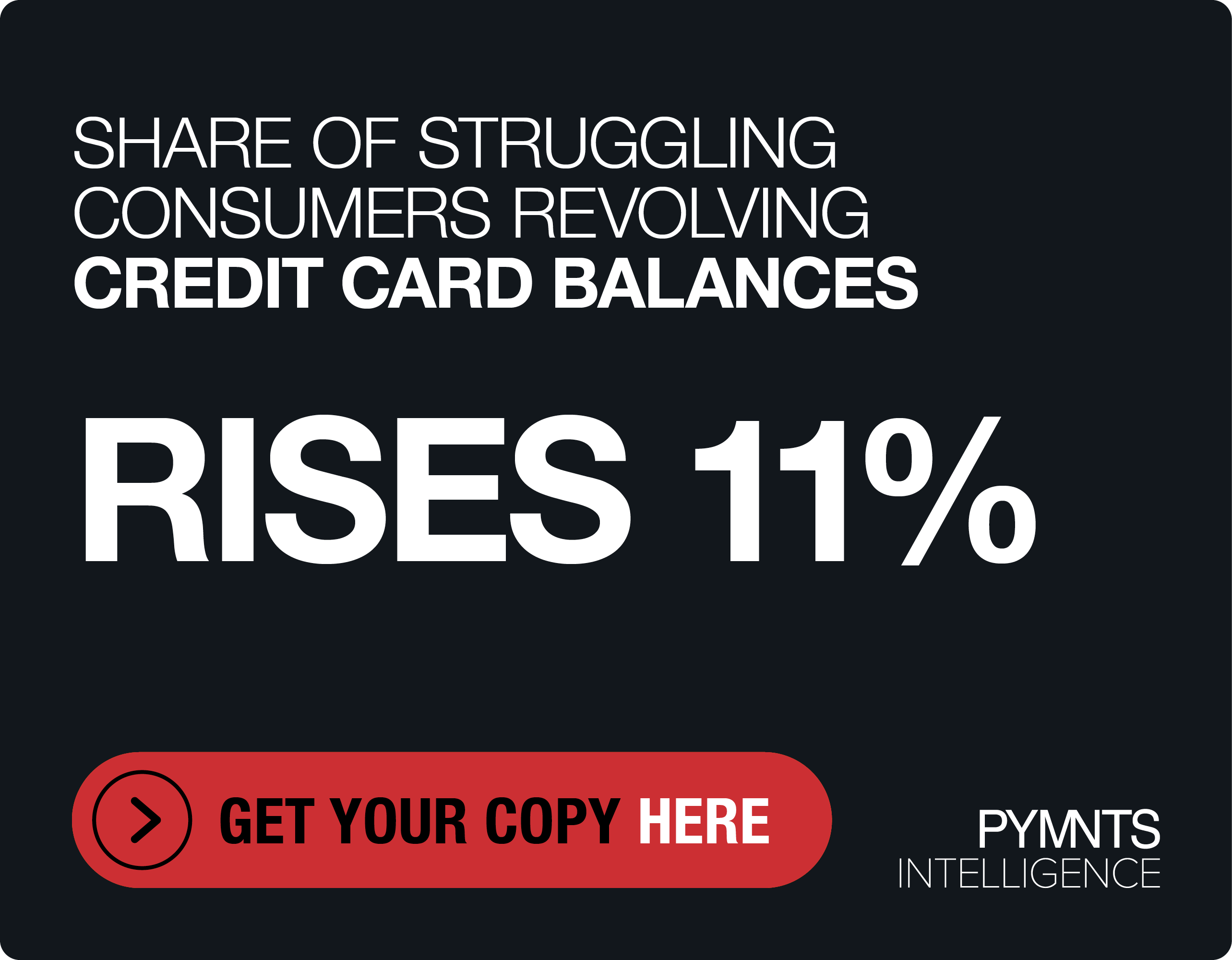OCBC Bank Doubles Down On AI Development With New Lab

From fraud prevention to customer service, AI is transforming how banks do their day-to-day business, says Ken Wong, head of OCBC Bank’s AI lab – and banks that aren’t ready to adopt the tech will soon fall behind. In the latest Digital Banking Tracker, Wong reveals how OCBC is hoping to keep AI from becoming a “black box” for the bank.
The banking industry is racing to embrace AI technology. Investments in development exceeded $1.7 billion in 2017 alone, and 64 percent of banks reportedly plan to spend at least as much in the coming year as they did in the previous one.
Ken Wong, head of customer insights for OCBC Bank, is seeing that growing interest firsthand. He and his team at The Open Vault (TOV) are looking to keep pace with other banks by debuting their own AI integrations. That includes FinTech startup CogniCo’s AI-powered chatbot Emma, which was rolled out in 2016 to answer customer questions about home and renovation loans. TOV also debuted a fraud-fighting solution in 2017, designed to identify potentially suspicious transactions.
The bank is doubling down on its AI development in 2018, Wong noted. It recently announced the creation of an AI lab to specifically target creation and integration of new AI-powered capabilities. OCBC Bank will invest $10 million in research and development over the next three years, and Wong now heads the group.
In a recent interview with PYMNTS, he explained why the company felt the time was right to create a team and facility dedicated to AI, and the goals it has in store.
Pushing Further AI Development
Known as the AI Lab@TOV, the AI lab is looking to continue TOV progress by focusing more tightly on AI-specific developments, Wong said. Its creation was part of a three-year plan to ramp up AI development, and its small team has three goals for the lab’s first year.
First, the bank is focusing on skillset development for the growth and expansion of its AI technology. While there are employees and researchers familiar with various elements of AI, OCBC Bank wants to “build a community” of AI experts who can work together. They will collaborate through the lab on potential new applications and use cases for both AI and machine learning technology, and Wong believes these changes will transform its offerings and day-to-day operations.
“The more we work with different FinTech organizations, the more we realize that if we don’t take on a more active role in AI, a lot of this technology and these solutions will become a black box for the bank,” Wong said. “So, we believe AI is an area [in which] we, as a bank, should build up some internal skillsets.”
Next, OCBC Bank is hoping to use the AI Lab@TOV to build more standardized and defined architecture and back-end technology systems, enabling the company to better support future AI development. The final goal is to turn the skillsets and back-end architecture into useful, public-facing features for the bank’s digital offering.
“We’re really focused on trying to build real applications for this technology,” Wong said. “We want to work with our team to take some of the things we’ve built in the AI lab and try to produce a feature that can actually be used by customers in our banking environment.”
The AI Lab@TOV specifically targets certain customer-facing features, including creation of an AI-powered voice chat function for those who prefer to communicate with the bank over the phone. It is also working to make its services more personalized to an individual customer’s wants and needs.
Integrating AI Anywhere and Everywhere
Customer-facing integrations for AI technology aren’t the sole focus of OCBC’s AI lab, according to Wong – his team is also working to add a dose of intelligence to internal operations and bank processes. In addition to existing fraud prevention operations, the AI Lab@TOV is looking to find other ways to integrate the technology into its authentication processes.
“Previously, we were using a lot of rule-based systems for AML and fraud,” he said. “The problem, though, was there were a lot of false positives or false red flags, which then required a manual review of certain factors. There are also a lot of fraudsters who are getting smarter and know what the banks are looking for when it comes to fraud.”
To solve these problems, OCBC Bank is pairing its rule-based authentication systems with AI and machine learning technologies to better prioritize the most suspicious threats. This allows the bank to spend less time investigating false-positive transactions, Wong said, and enables it to better anticipate and guard against new techniques from cybercriminals.
Potential AI use cases go far beyond just internal authentication processes and AI-powered chatbots in the financial services space, however. Wong believes there is no shortage of possible uses of various AI-powered technologies, solutions that are already impacting and improving systems from legal to marketing and beyond.
“We really want to integrate AI to help us make smarter decisions across all different core processes of our bank,” he said. “Fraud and AML is one example, but there could be so much more. AI can help banks understand how to underwrite risk, or even help read and summarize legal documents. There are a lot of processes in which we could embed AI to help us make our decisions a lot smarter.”
It seems the future of banking for consumers and banks alike may be all about intelligence.
TO DOWNLOAD THE APRIL EDITION OF THE DIGITAL BANKING TRACKER™, FILL OUT THE FORM BELOW.
About the Tracker
The Digital Banking Tracker™, powered by Feedzai, brings you the latest news, research and expert commentary from the FinTech and consumer banking space, along with rankings of more than 300 companies serving or powering the digital banking sector.
